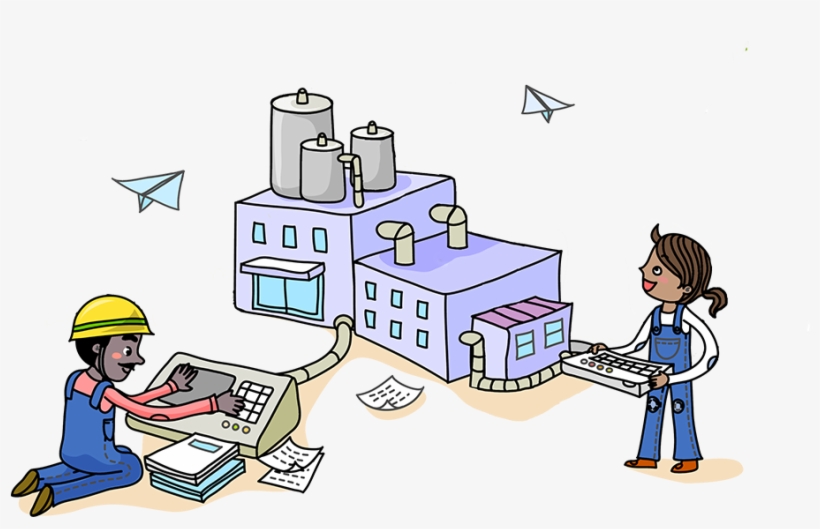
While the job of systems engineer is challenging, it can also prove to be very rewarding. Various technical roles require different skills and traits, including problem-solving skills and the ability to understand the full scope of a system. These characteristics allow engineers to preserve the efficiency of a system. These professionals also get to work on interesting projects.
How to manage ambiguity
Managing ambiguity as a systems engineering process can be difficult. It's not that you should avoid making decisions, but you should be able to work with less uncertainty. Collaboration with people is an example of how the technology industry works. You'll be more successful if you work with less uncertainty. It will be easier to manage difficult situations, for instance.

You can effectively deal with ambiguity in your work environment by focusing on context and using examples. An example could show how a specific feature might be used or implemented by a customer. Exemplifying will reduce confusion and help to set expectations.
Managing work-processes
A systems engineer's role is to assist a project manager in defining the requirements and scope of a product or project. Systems engineers are able to analyze the technical aspects of a project and create a work breakdown structure that outlines the steps required to complete it. They can also be a bridge between the project manager (and the technical community), ensuring that the right people are brought on board to execute the project.
Systems engineers perform many functions at the portfolio or program level, including life cycle cost analysis and management. They also are experienced technical risk analysts and play an important role in risk management planning. They might also be responsible to make or buy decisions. Systems engineers can take on these roles and help project managers to concentrate on programmatic risks.
Managing risk
System engineering is only as good as the management of risk. Failure to manage risk properly can lead to catastrophic consequences. A risk management plan should include identifying risks and assessing the impact of those risks. Then, it should be possible to devise mitigation steps. It is crucial that you monitor the status of your project throughout its life.

Risk management refers to assessing the risks and managing them. The impact of risks on business operations should be considered by system engineers when dealing with them. To assess risk, identify the factors that could lead to system failure. This will enable him or her determine the best course of action.
FAQ
What is an industrial engineer doing?
Industrial engineers focus on how things operate, interact and function.
They ensure that machinery, plants and factories operate safely and efficiently.
They design and implement equipment, controls, or operations that make it easier for workers, to accomplish their tasks.
They also ensure that machines meet safety standards and comply with environmental regulations.
Elon Musk, what kind of engineer are you?
He's an inventor who loves to think outside of the box.
He is also a risk-taker.
He isn't afraid of trying new ideas and is willing to take chances.
Elon Musk is a shining example of someone who thinks different from others. He doesn't listen to what others say. He tests his ideas, then decides if they are successful. He then changes them until he gets something that works. He is able to develop new ideas and solve problems.
What are civil engineers doing?
Civil engineering is the design and construction of structures such as roads, bridges, buildings, dams, tunnels, and other large-scale projects. It includes all aspects of structural engineering including foundations, geotechnics and hydraulics as well as soils, safety analysis, traffic management, environmental impact assessment, and safety analysis. Civil engineers ensure that the project meets all its objectives and is cost-effective as well as environmentally friendly. They ensure the structure is safe, durable, and long-lasting.
They can also plan and execute public works programs. They might supervise the construction and planning of roads, bridges, or tunnels.
Statistics
- Job growth outlook through 2030: 9% (snhu.edu)
- 14% of Industrial engineers design systems that combine workers, machines, and more to create a product or service to eliminate wastefulness in production processes, according to BLS efficiently. (snhu.edu)
External Links
How To
How to write letters in engineering drawing
The engineering drawings are made up of both architectural drawings (also known by technical drawings) as well as engineering sketches. The first describes the product's physical features while the second shows how it should look. Both types include detailed specifications, dimensions, symbols, text, and arrows. Engineers use their own language when writing these documents. These units are abbreviations or acronyms that refer to particular units of measurement. These terms are known as engineering lingo. This article explains exactly what they mean.
A letter refers to a formal document sent by an individual/organization to another person/organization. A letter usually includes a greeting, salutation and signature. It also contains the date, closing remarks, and a date. Most people include a self introduction at the beginning of their letter. Some letters might contain business details such as legal agreements. Others might contain greetings and signatures.
Engineers draw diagrams and create plans using their professional experience. Engineers must communicate clearly in order to convey their work. Technical terms refer to the product, process or materials used and their methods.
Engineers often use special terms to explain things. For example, "ampere", to refer to electric current, is a term used by engineers. Or they say "kilogram per meter squared" to measure mass. These terms are called scientific names. These terms are also known as common names by engineers because they are often used. Common names are easier to remember and understand.
Technical terms are often abbreviated. A abbreviation is a shorter word. The abbreviation "kW" is for kilowatt. The term "KW" is a kilowatt. You don't need to know the entire name.
Engineers may also use many acronyms and abbreviations other than technical terms. These are similar to abbreviations, but they are composed of multiple words. Examples include "IEC," DIN," and ANSI. These are crucial because they make communication easier and faster.
When engineers use their jargon, they do not always follow standard spelling rules. They might spell out numbers with digits, instead of using numerals. They might use different capitalizations that normal. Capitalization refers either to the capitalization of a word's beginning letter, or whether it begins with lowercase letters. Words that begin with a vowel sound can be spelled differently to words that begin with consonants.